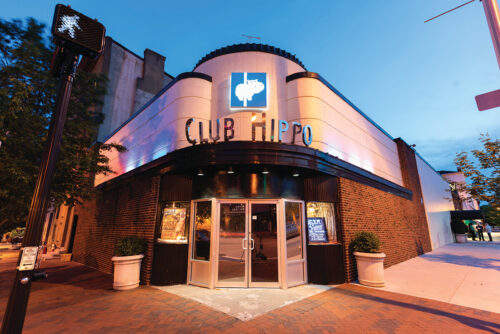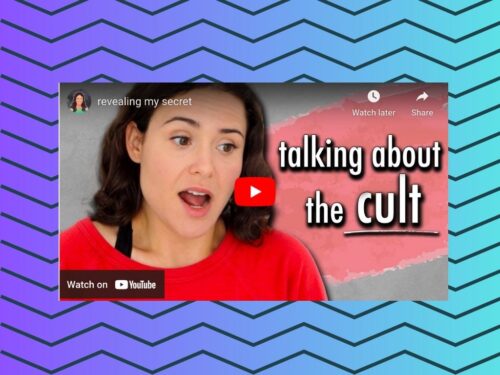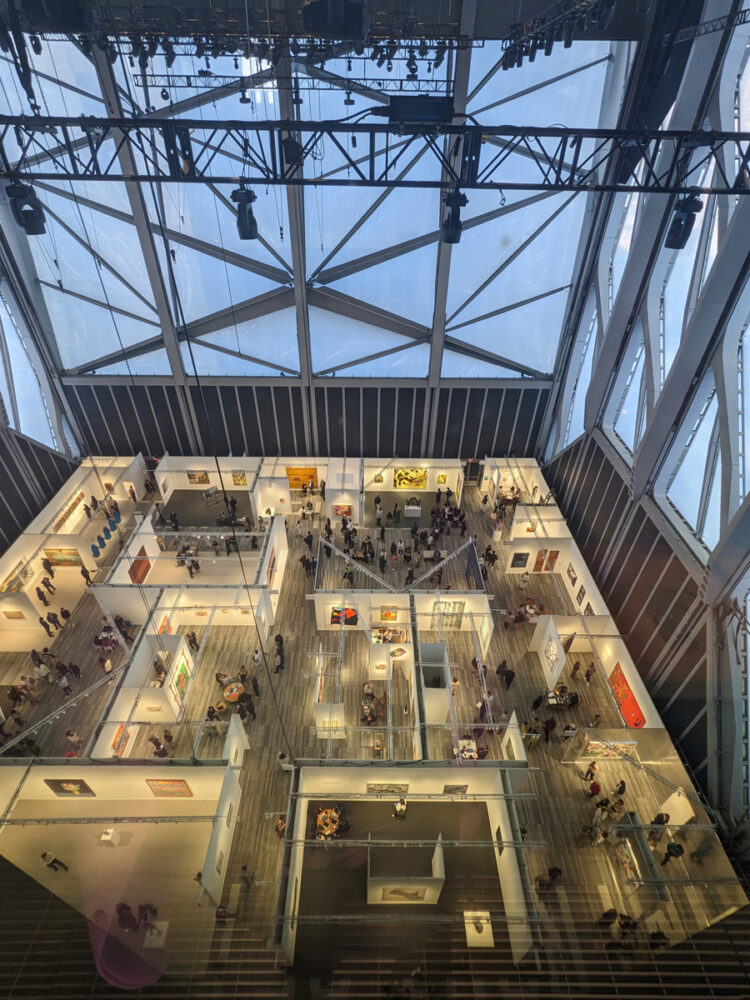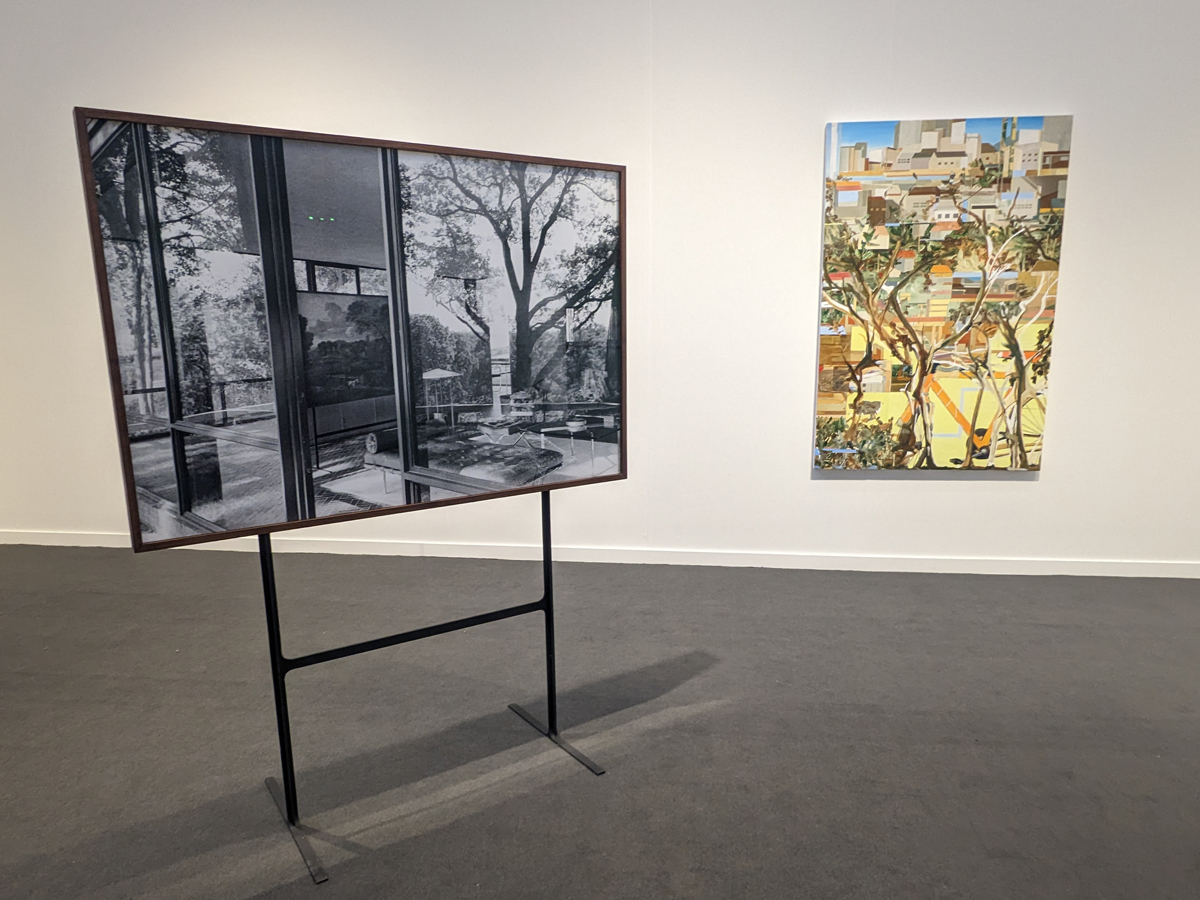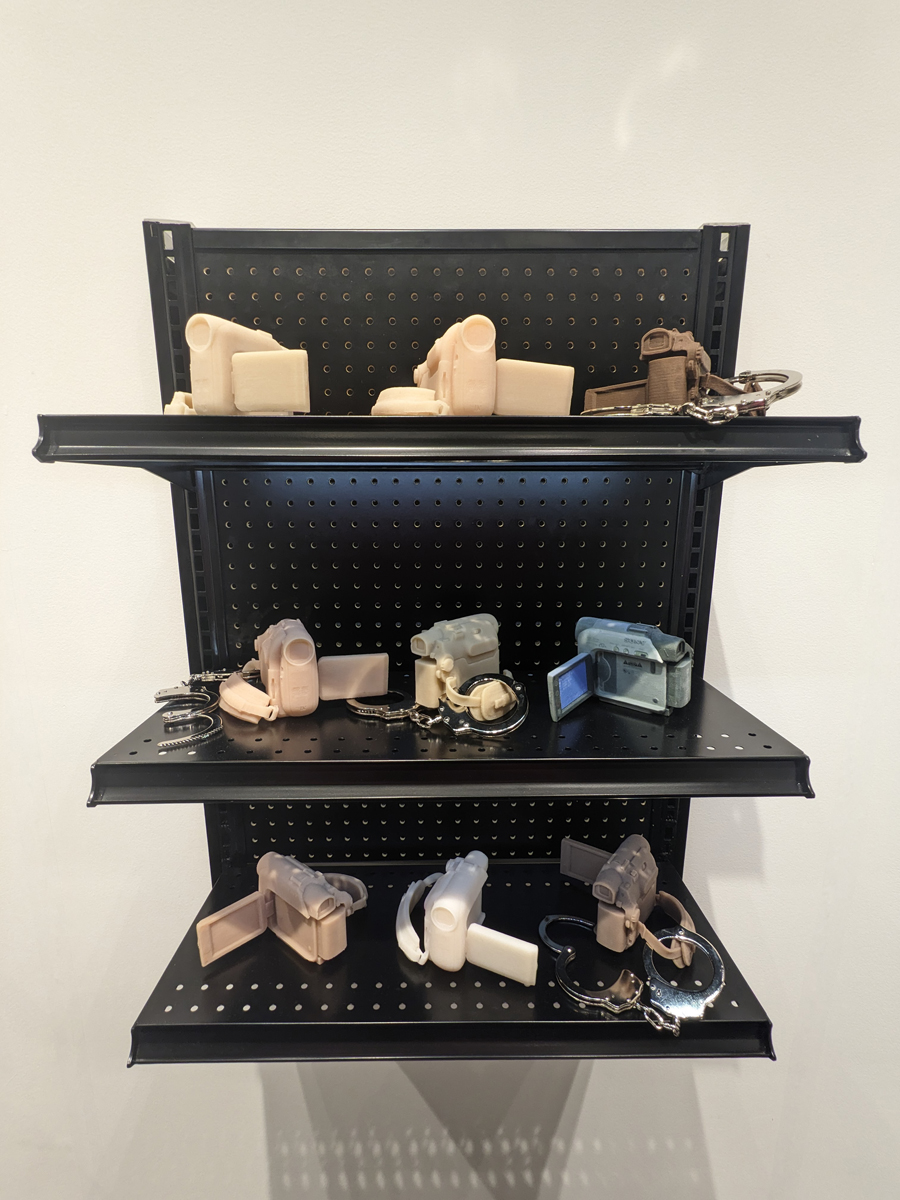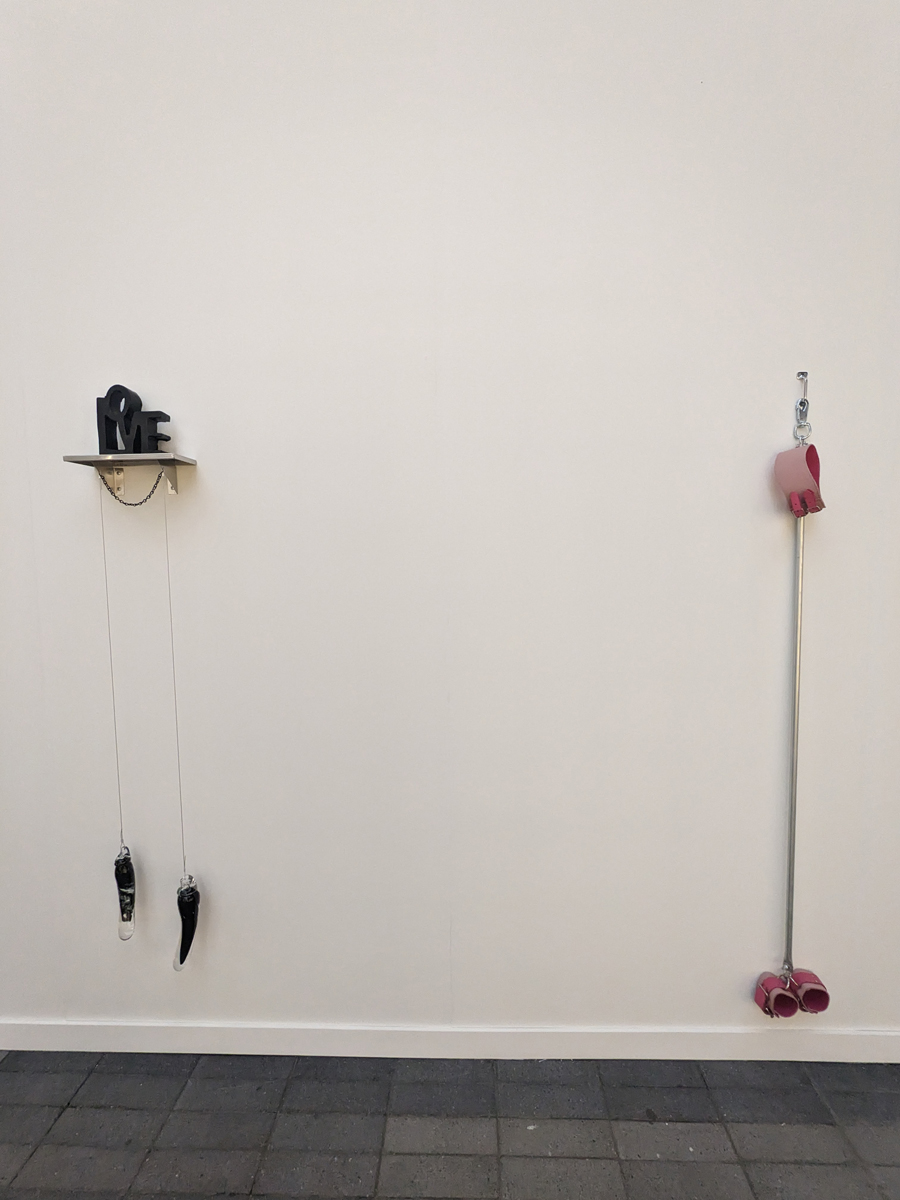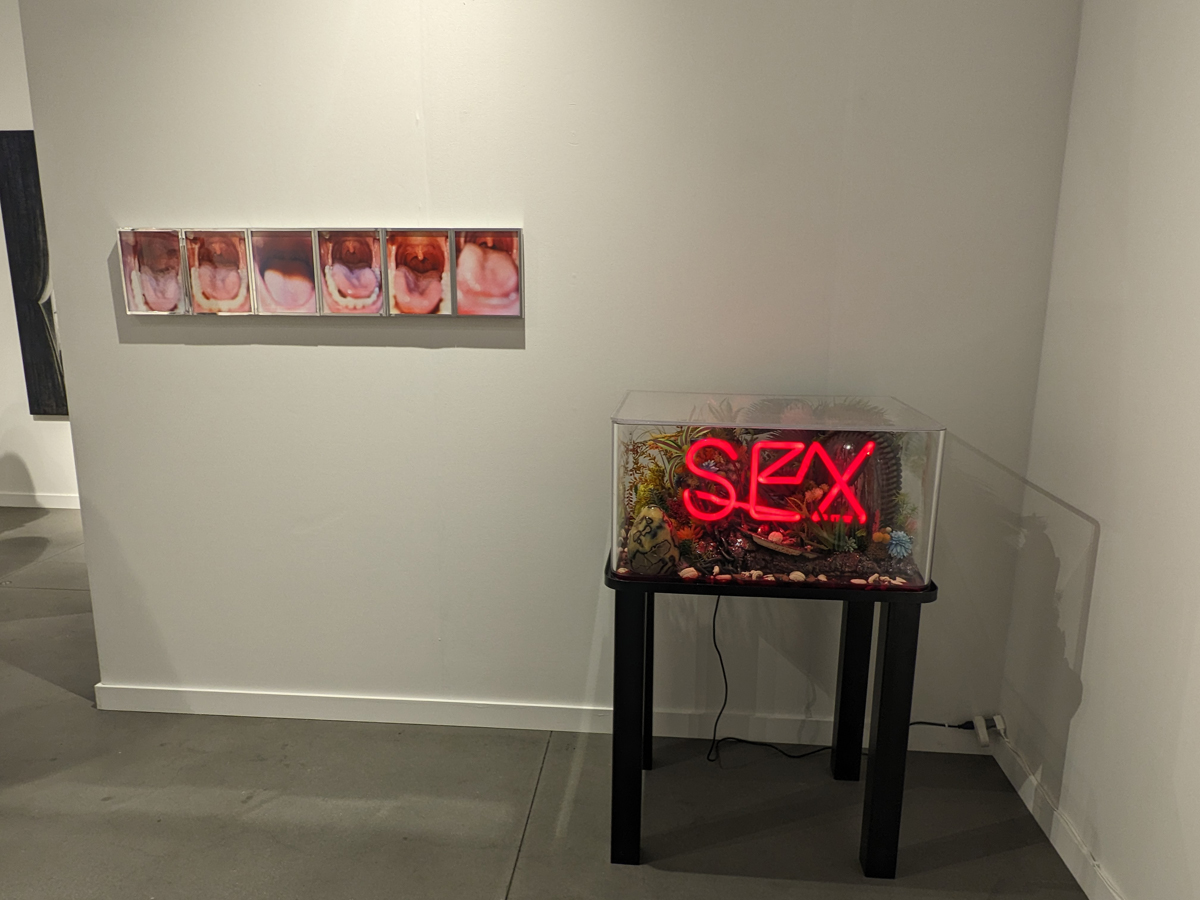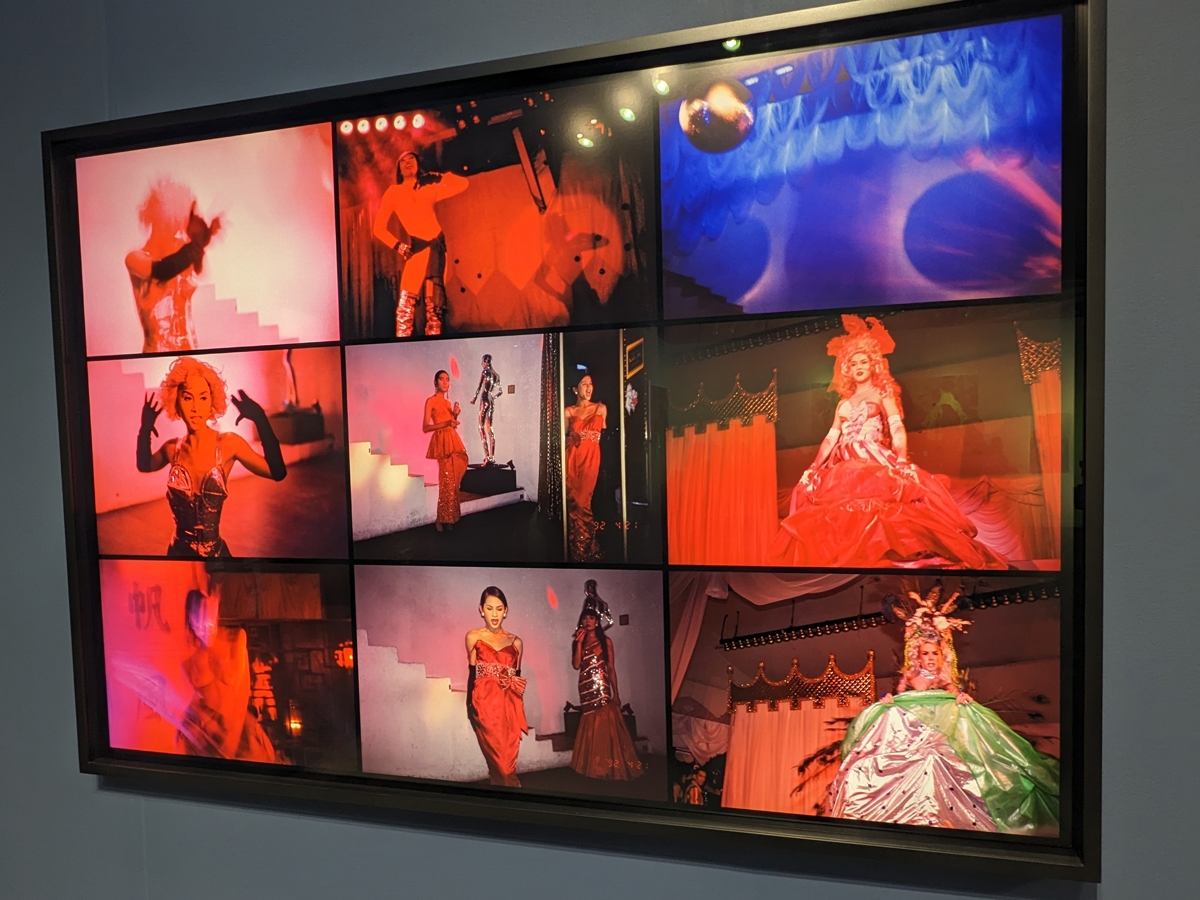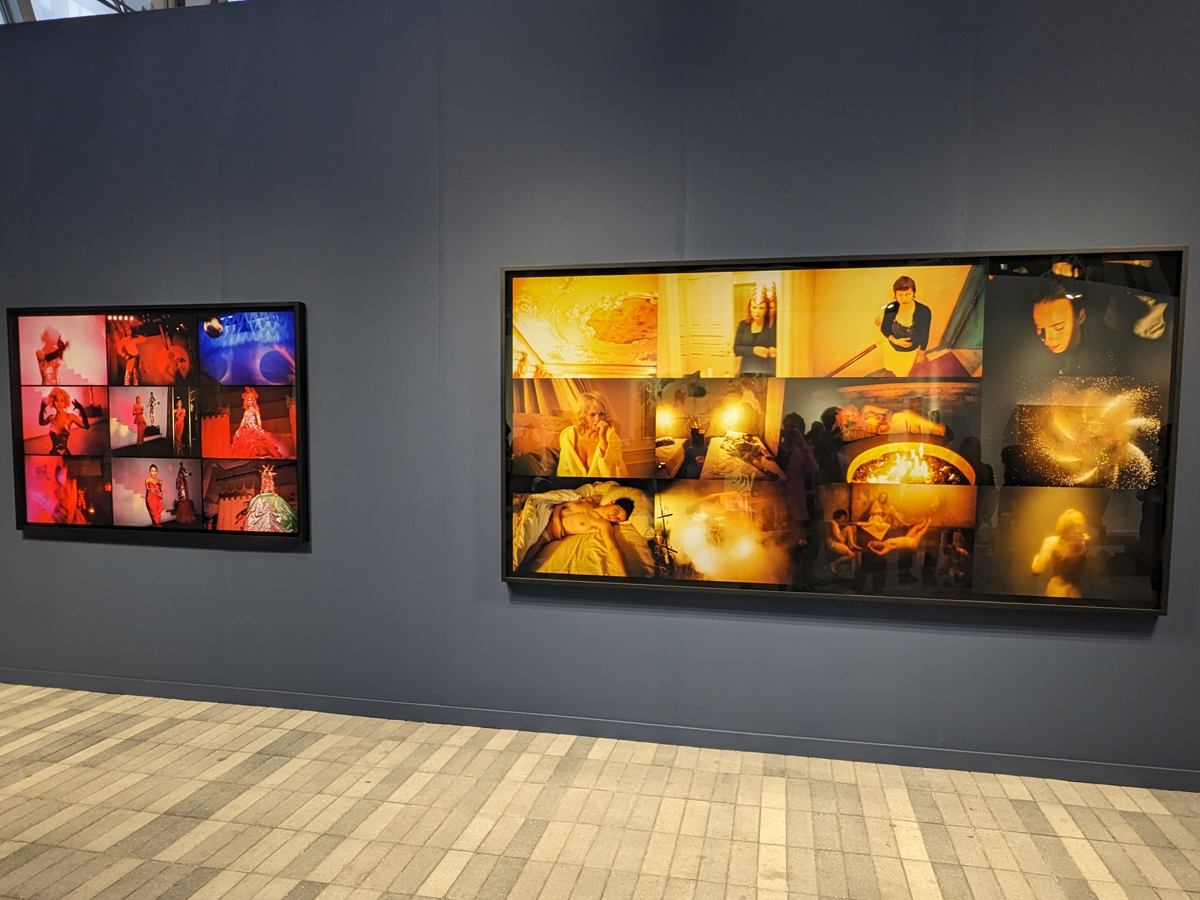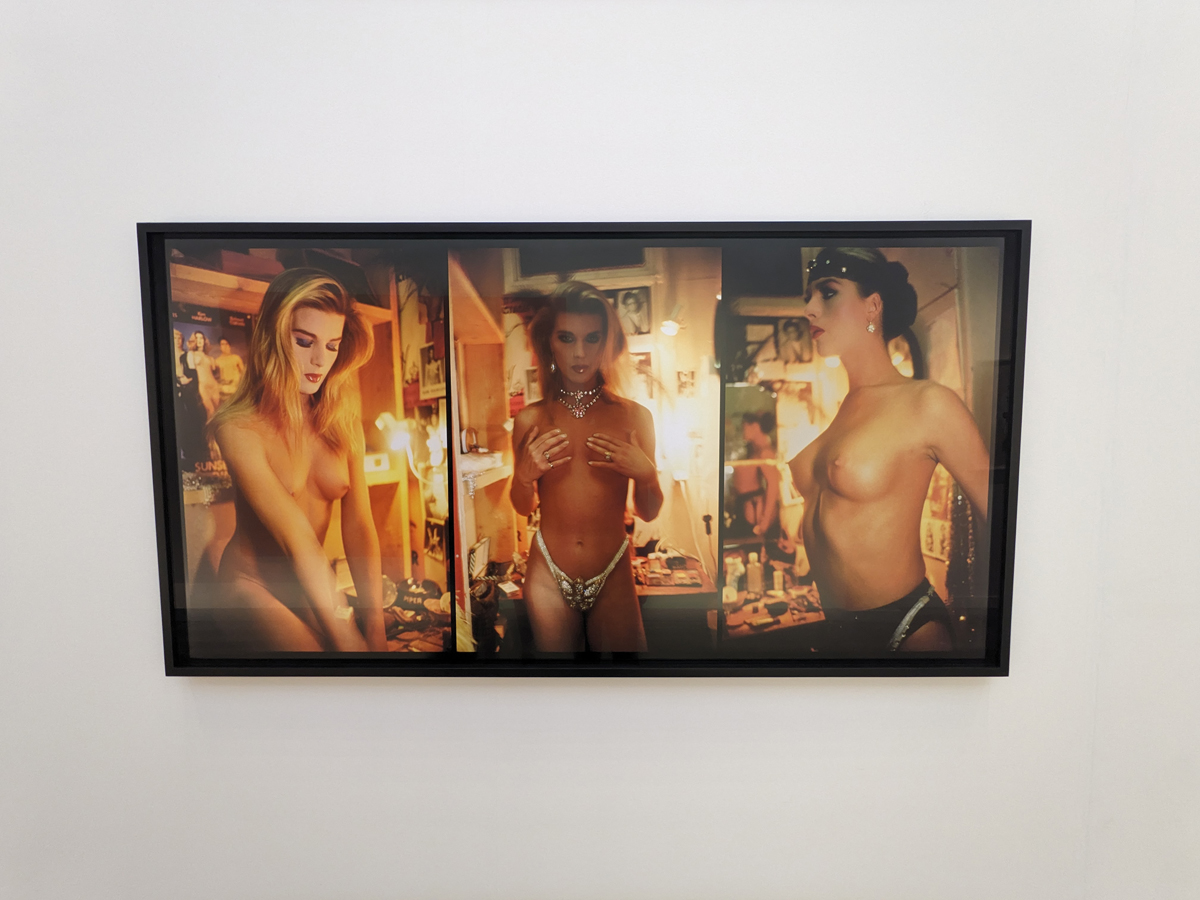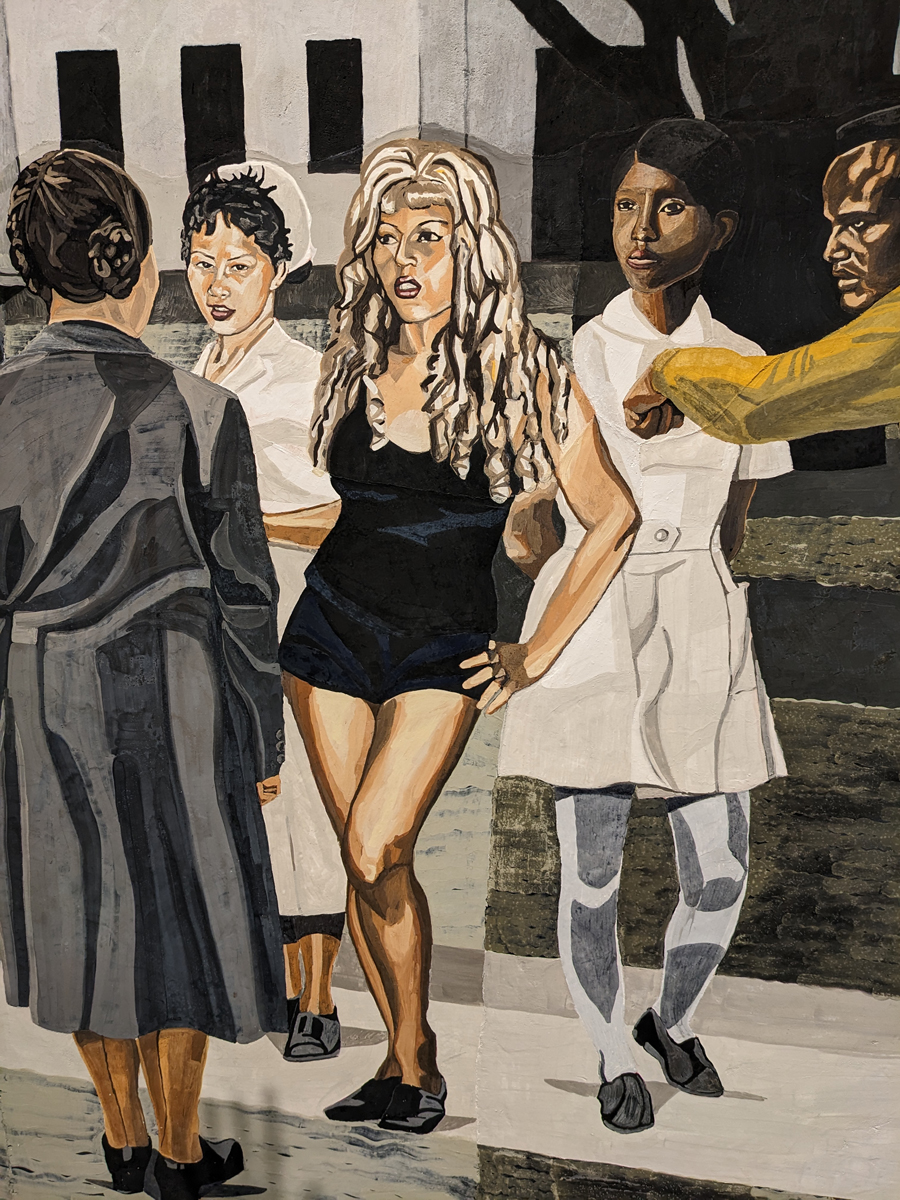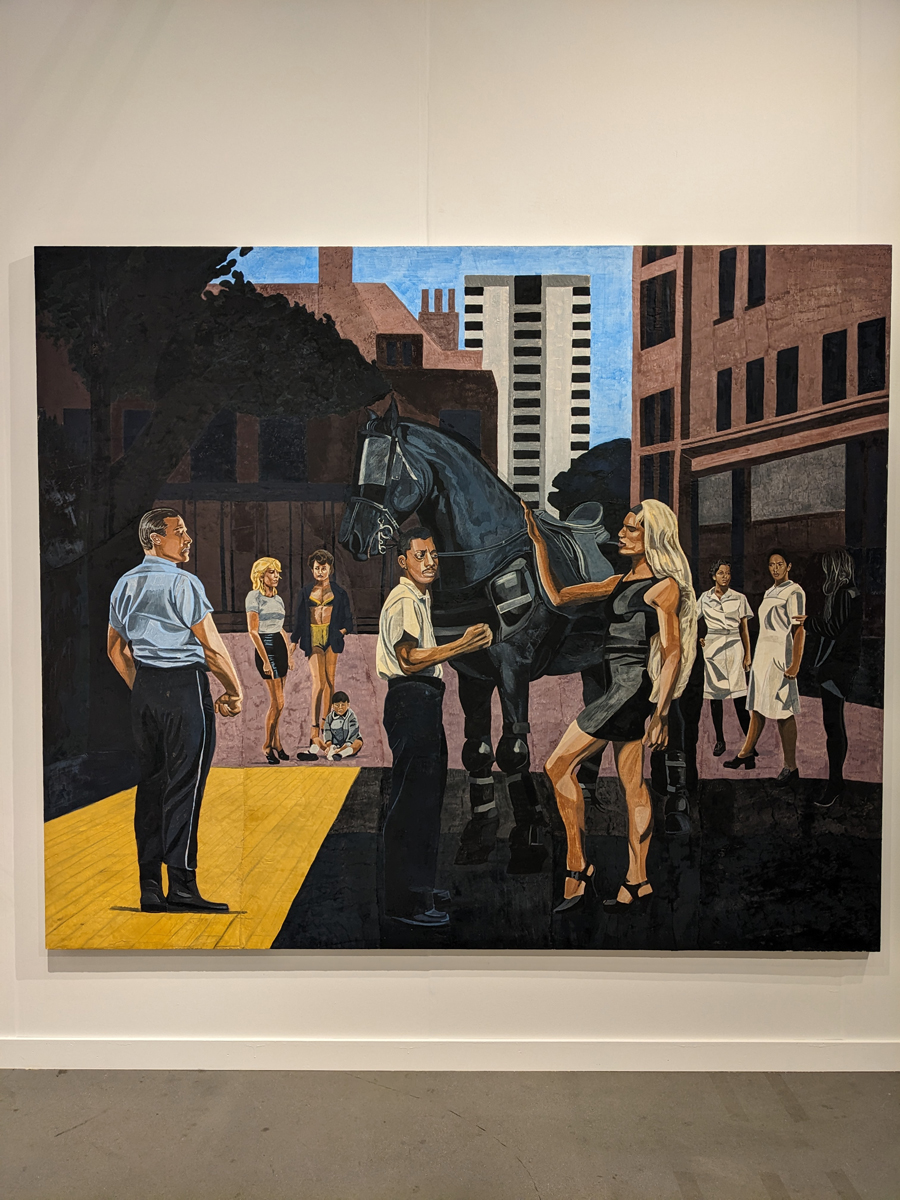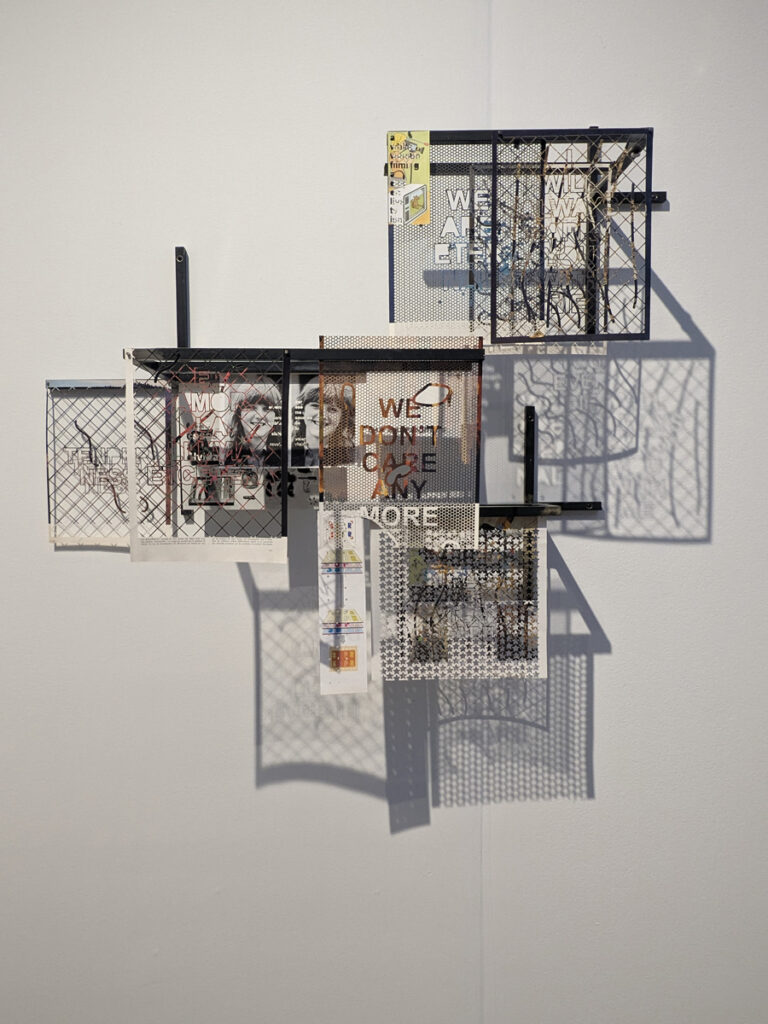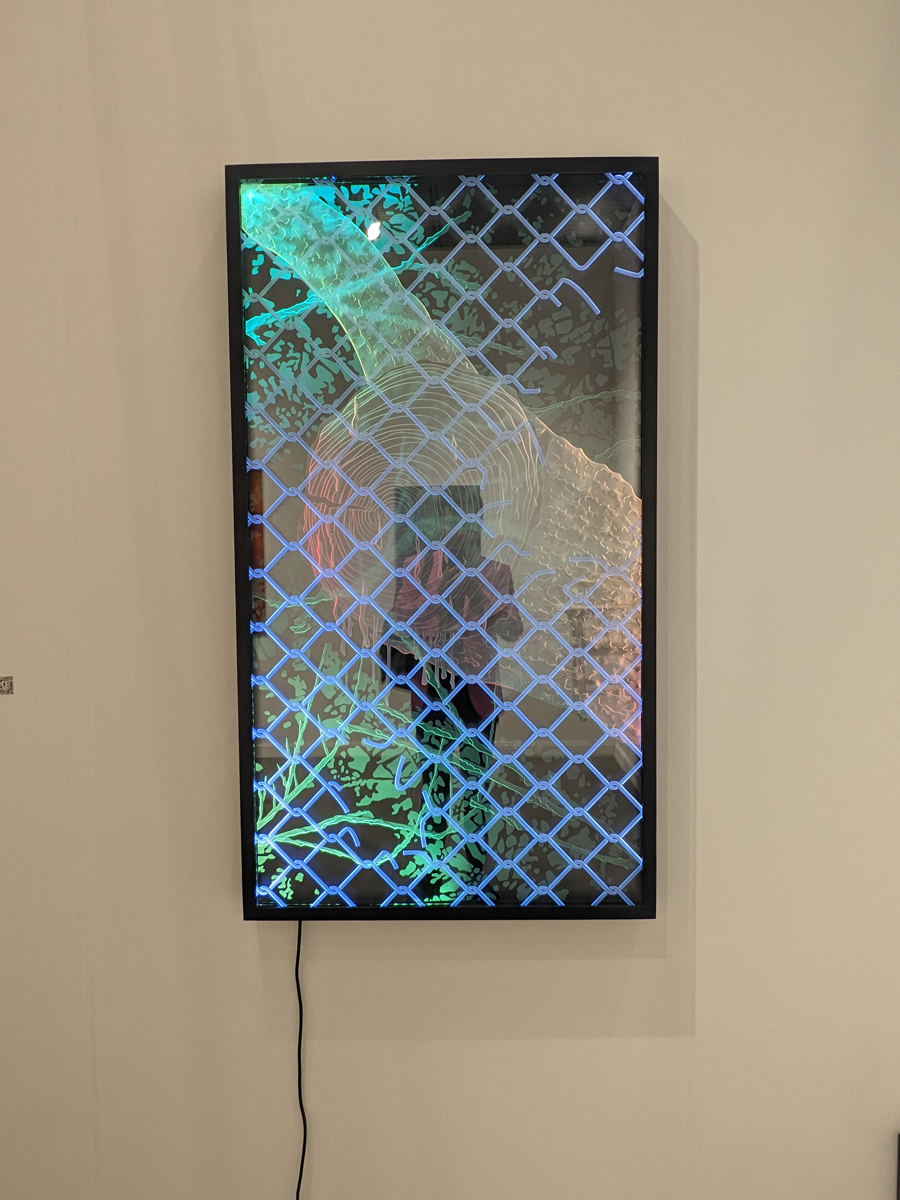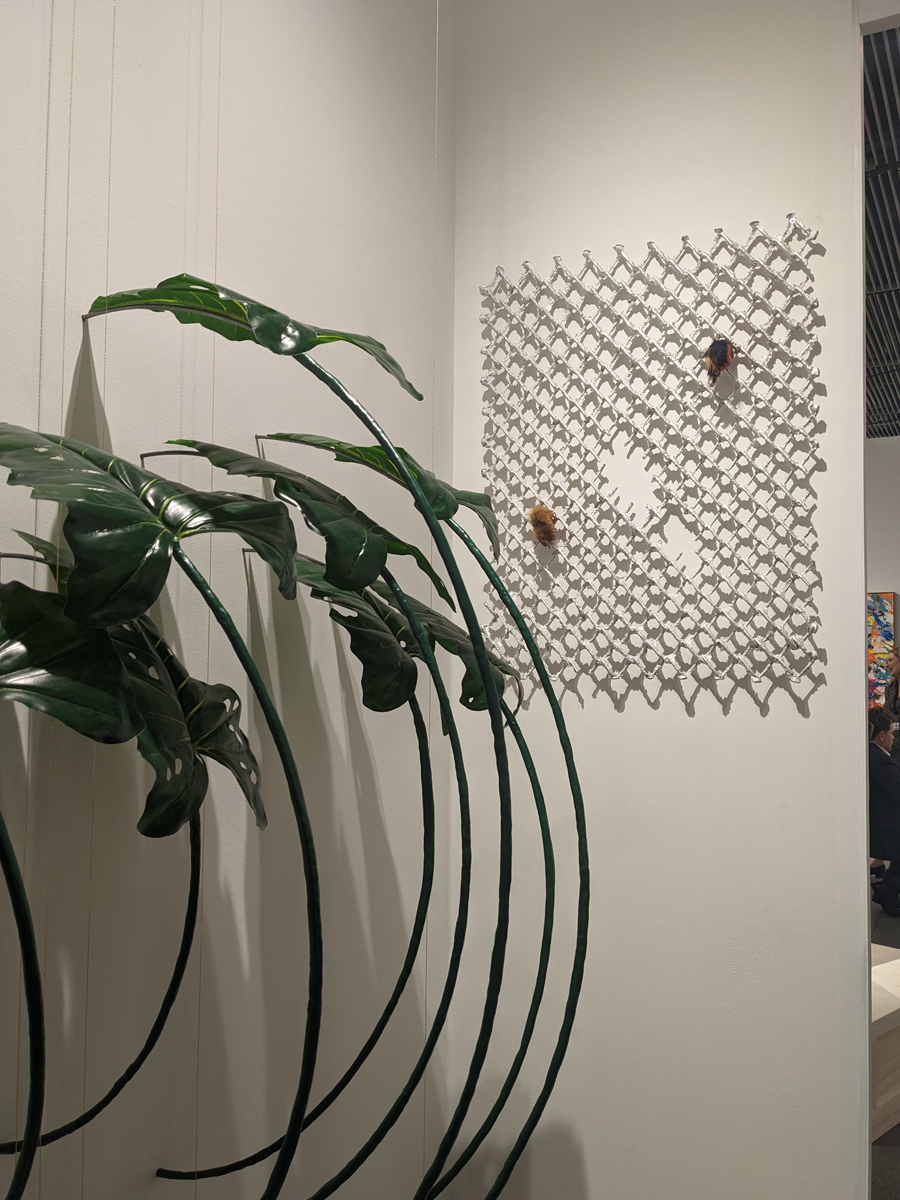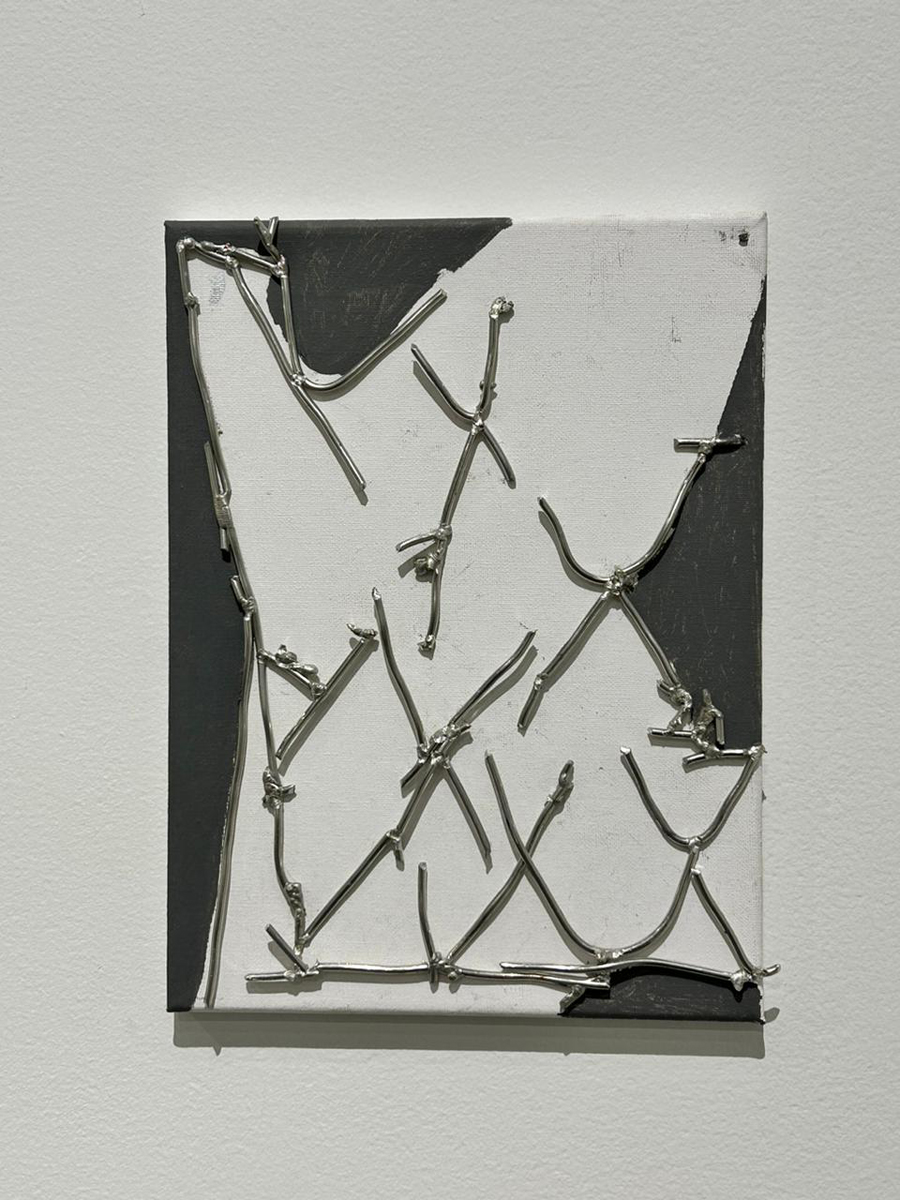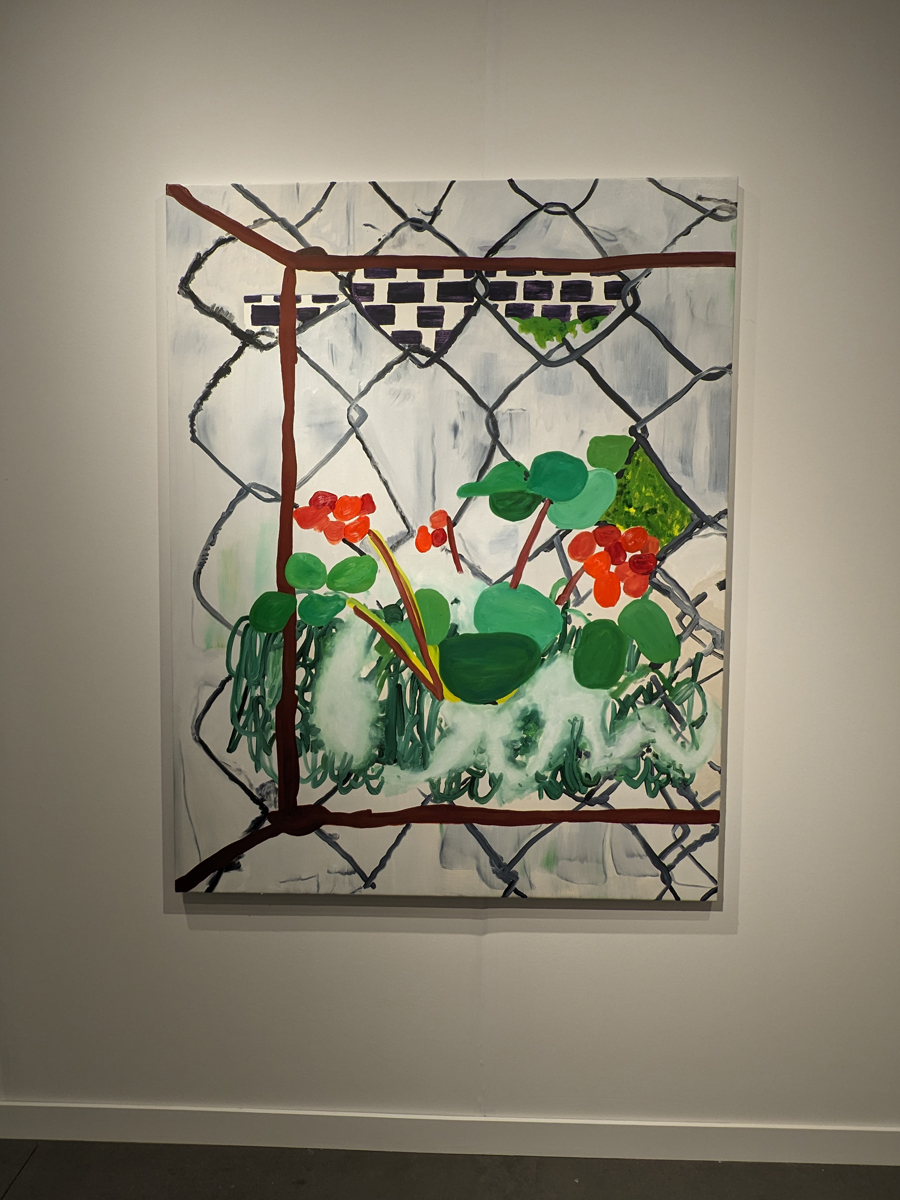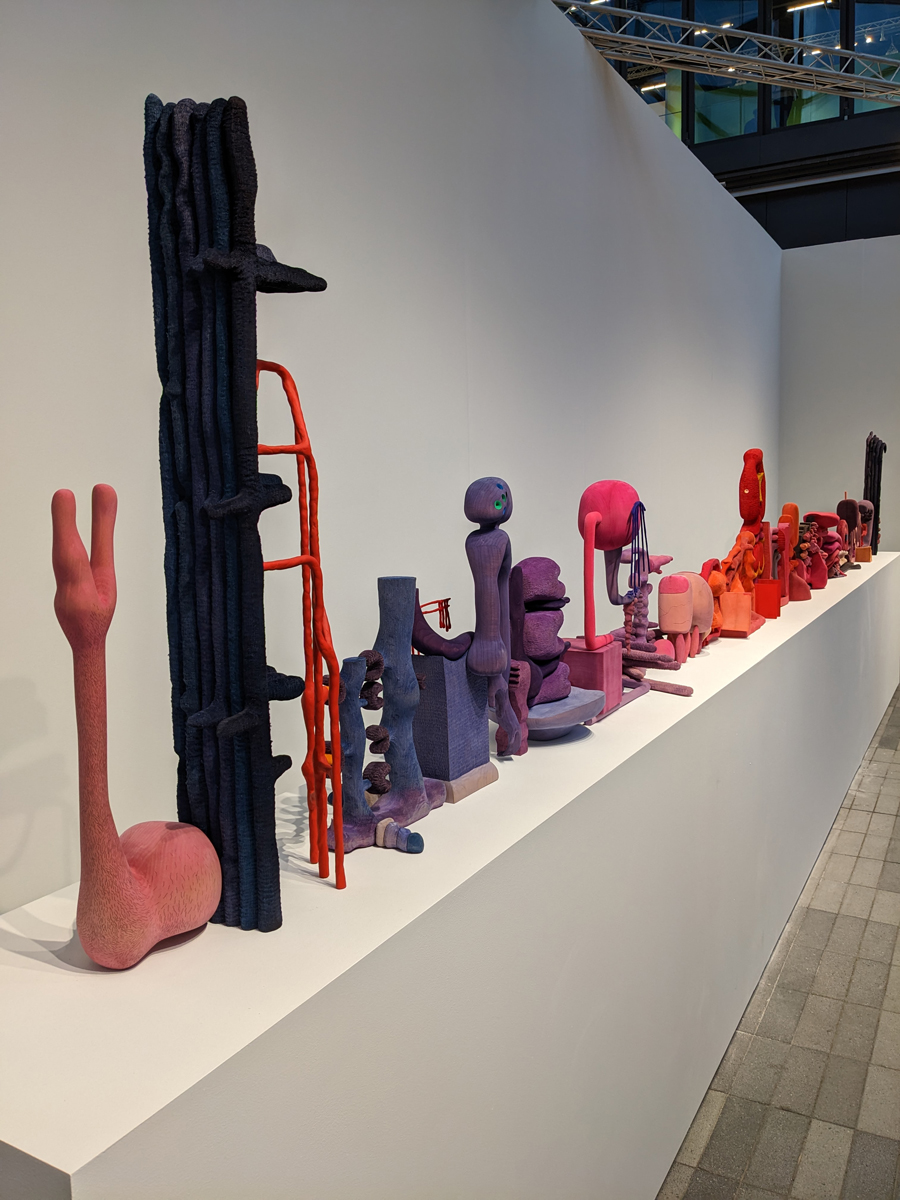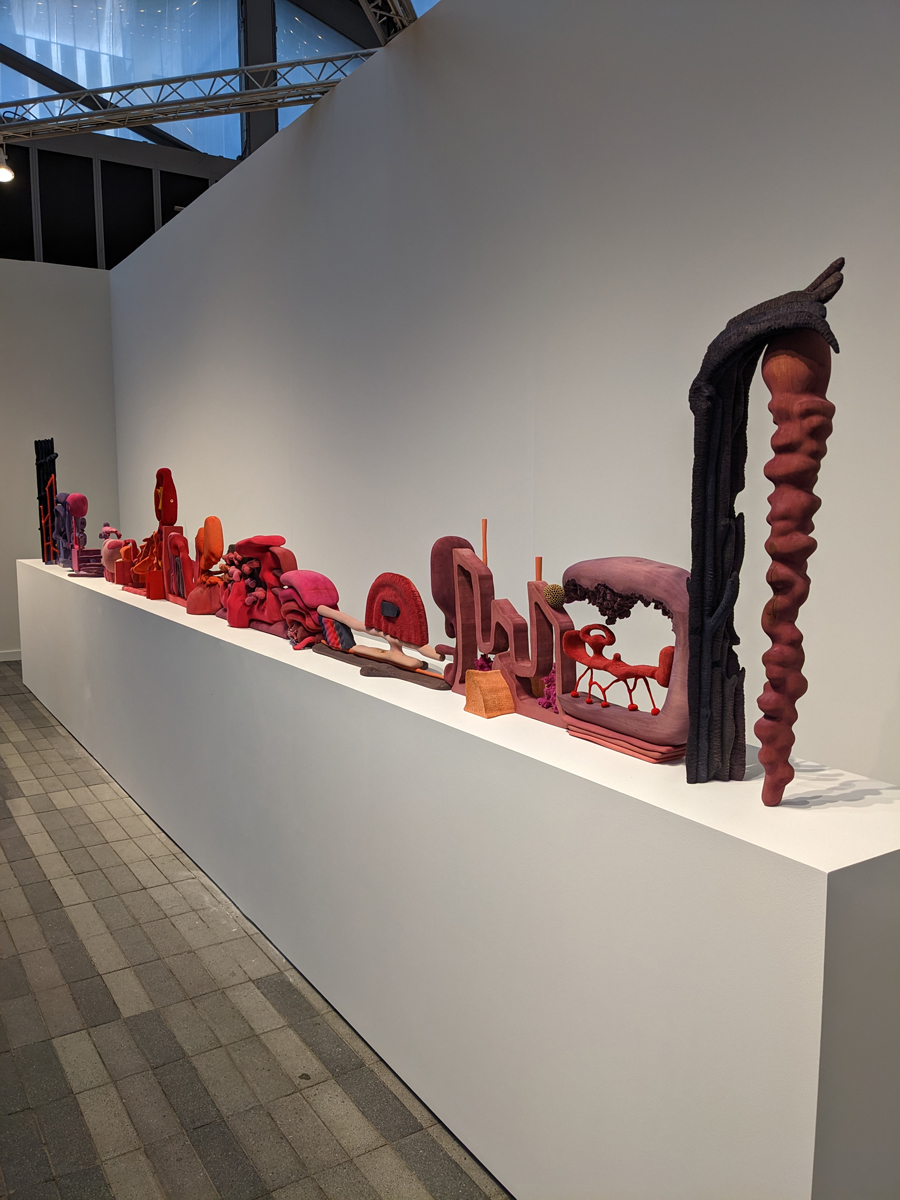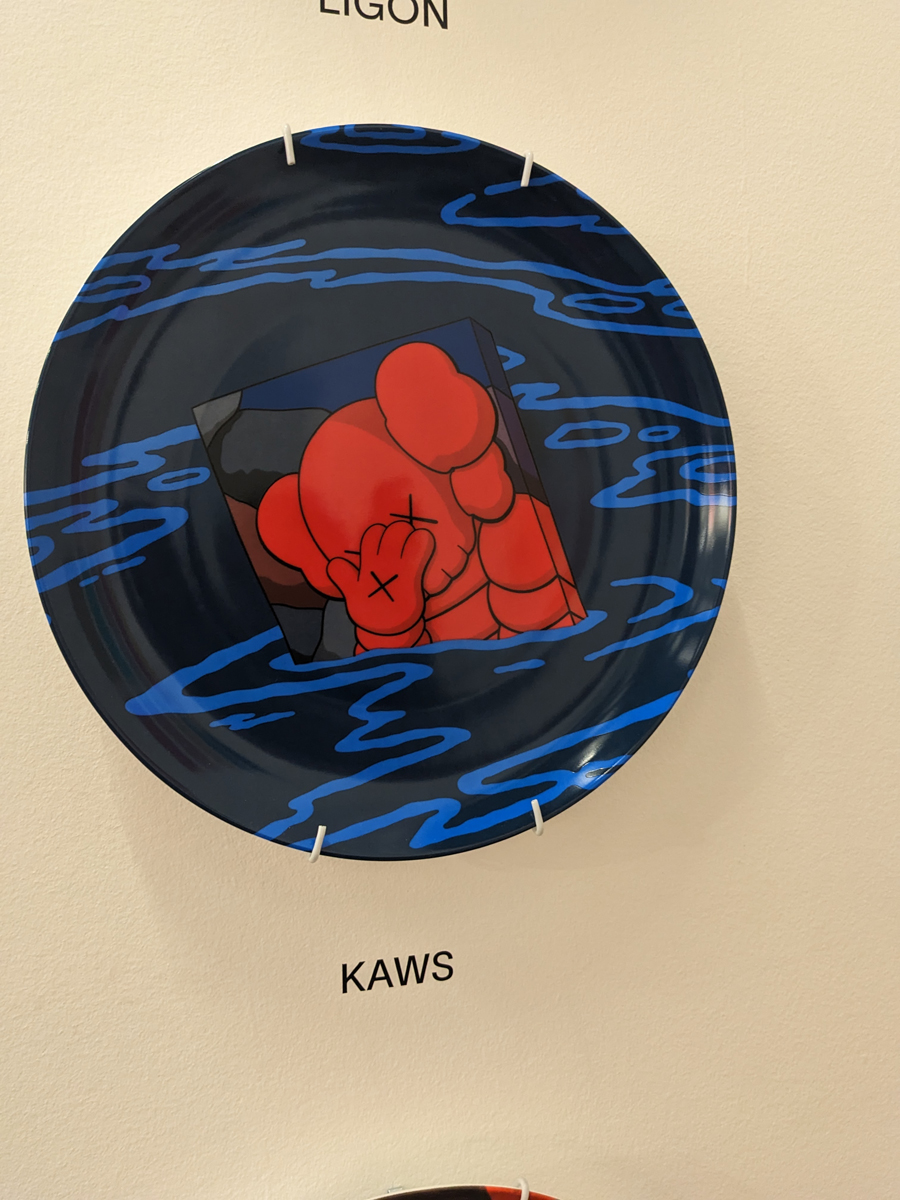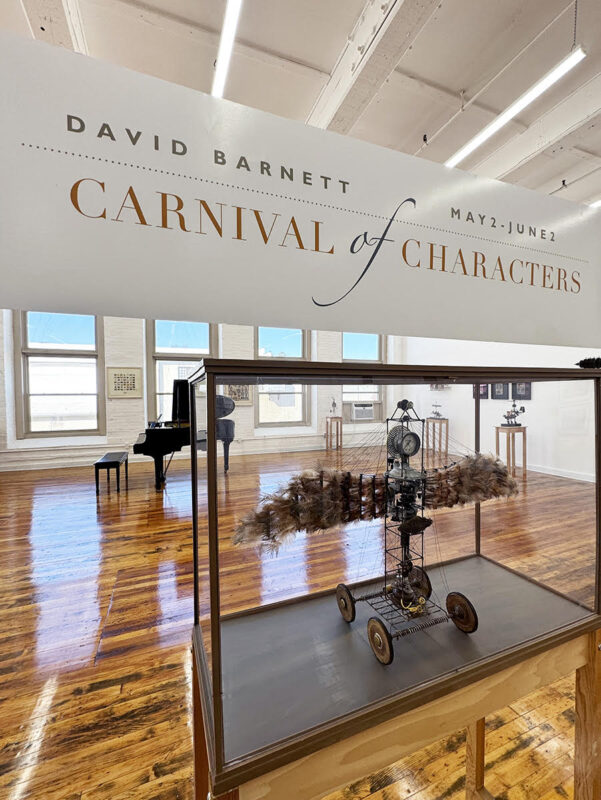Like a lot of people in the arts, I have carefully positioned blinders in place when it comes to money. I tend to care a lot about how money gets spent—supporting artists, the public good, and culture workers, while boycotting entities, systems, and material streams that are exploitative or harmful.
However, I often (conveniently) don’t really give a damn about where that money comes from. Better a cartoonishly evil right-wing petroleum CEO drop several hundred thousand dollars on a painting than on a hunting safari or SUV, amiright?!? Hell, if I were a museum director, I’d even have a hard time turning down an endowment from the #canceled Sackler family (of pill-pusher infamy) if I knew I could spend that money on a more noble cause than they might—say, payroll for pharma-lobbyists to lubricate their interests at the FDA, or perhaps a carbon-intensive private jet, or another pied-à-terre hollowing out the world’s great cities like maggots in the husks of forgotten jack-o’-lanterns.
Maybe it’s the dropping pH of the oceans or a spike in undercounted atmospheric chlorofluorocarbons or even fumes from all the shitty bodega poppers in the Chelsea-Hell’s Kitchen gay debauchery corridor, but last week in New York I felt my blinders start to corrode at an acerbic, chemical level.
A lot of this has to do with Frieze’s decision last year to downsize and move to The Shed—a flashy, billowy, technically “nonprofit” arts venue built to christen the new Hudson Yards megadevelopment as a “destination” neighborhood for something other than luxury handbags or shadowy foreign LLC capital looking for a condo to be valet-parked in.
